-
Posts
801 -
Joined
-
Last visited
-
Days Won
43
Content Type
Profiles
Forums
Gallery
Events
Blogs
BMT Wiki
Collections
Store
Posts posted by Truck Shop
-
-
I could be way wrong but it looks like a old 300 to me.
-
- Popular Post
-
Thanks for the reply, the one that was in it was 3/4 tube 4 row 3.00 thick. But in talking to the builder in B.C. those 3/4 tube radiators flowed to fast. and the coolant would not cool down enough exiting the bottom tank.
Years ago they built 1/2" tube five row for Cummins powered loggers. Thanks again.
-
Can anyone tell me the standard number of core rows and tube dimensions for a 73 or 75 radiator core. I'm installing a five row 1/2" tube core.
Thanks for any reply's
-
-
Use to run south from Ellensburg, Wa. to L.A. with a guy that had a black Superliner Magnum like the one above. That puppy would run it would.
-
- Popular Post
- Popular Post
It's laughable, anyone can come right behind and take a photo from the same angle and who is to say who's photo it is. It happens all the time at car and truck shows. Now my art work {only I created it with hours involved}.
My work was copyrighted, but if someone posts my work or puts it on a tee-shirt I could care less. I'm honored that someone thought it was good enough to put on a shirt or post.
-
 3
3
-
- Popular Post
- Popular Post
-
I understand what brake fade is with drum brakes, I have been at the mechanical and driving end for 46 years. Just last week I towed one of our tractor and trailer rig loaded with a total of 130,000 gvw including two truck.
Down Cabbage hill I-84 in Ore-6 miles of 6% grade at 25 miles an hour with a total of 6 axles of brakes. 3 on the tow truck and 3 on the trailer none operative on the tractor hooked to trailer running jake at 2000 to 2100.
Used the brakes four times. never had a problem. I have found that the ones who smoke the brakes are usually afraid of long grades and most likely look like a cigar store indian with a death grip on the wheel.
-
 2
2
-
-
I don't know where all this brake fade issue comes from. Selling point I suppose. I haven't had a driver complain about brake fade with drum brakes. One brake shoe has roughly the same surface area of four brake pads.
One set of pads for Wabco disc is $165.00, eight brake shoes are $145.00. One set of pads does one axle. $330.00 verses $145.00.
-
Thanks for the reply's. One big issue with me is the trucking industry got away from inboard drums 40 years ago and moved to quick change shoes and outboard drums. With disc your right back where we started wrangling a heavy
rotor and hub assembly. I have an attachment for our jack to handle them. With drum a wheel dolly is still quicker and with E-log a driver can be tied up for several hours dealing with rotor change. You have to clean the hub real well
where rotor mates to hub, cast steel and aluminum plus road salt, fertilizer corrodes fast. But like Glen says only advance is the fade issue, and that fault lies with the driver. IMO
-
Haven't had any issues yet with seizing or dragging. But we have had two needing pads, one at 113,000 and the other at 134,00 and both drivers have 60 years plus between them. Both of those drivers would average 375,000 plus on drum brakes.
The other issue that no one I have talked to, has kept track of tire mileage. We run Goodyear 399's on steer, use to average 110 to 115,000 miles. That has dropped between 93 to 97,000 miles. And the drive tires are running about 12 to 15,000
less miles. I keep close track every time tires are changed out. As far as frozen brakes in winter most our drivers dry the brakes out before setting them. By just riding the brakes a short ways to heat the drums.
Thanks for the reply HeavyGunner.
-
Any of you that are running air disc brakes, what kind of service are you getting as far as mileage on a set of pads? The trucks we have are running Wabco Air Disc and so far I'm not seeing the advantage
between disc and drum as far as longevity. We are constantly running over the Cascades, Blue Mountains and Rockies loaded 100,000 lbs both directions. Average on pads about 230,000 miles we use to
average 350,000 on drum, some drivers would get 400 to 500,000 miles on a set of shoes. A full set of rotors, wheel seals and pads is $1,180.00 a full set of shoes, drums and kits $465.00. We would change
out a set of drives with shoes and drums in 45 minutes, to change out a full set of rotors 7 hrs. What are you guys getting for miles of service?
-
Three speed that has a low torque rating of 675 to 775 I believe.
-
 1
1
-
-
Nice tractor and nice sign art also.
-
It's pretty easy, mileage. the company I work for has 68 tractors, eleven old units with DDEC IV 550 hp 1850 torque 14L, four DD16 and the rest DD15 some rated at 535 hp and some at 505 hp.
The mileage on the DD16 is not so good. The DD15 is better but the Series 60 will stay pretty close to it on the mileage end at 5.2 pulling 100,000 on northwest grades. And the Series 60 14L
will out pull the the DD16 rated at 565 hp. At least the 550 hp 60's we have will. But the cost of running a DD15 can be a problem. Biggest problem is keeping the fuel rail where it enters the
cylinder head from leaking oil around the grommets. Variable speed water pump $950 and Detroit is always on back order because everything is going to new production. Cylinder heads can
have a problem with valve seats around 500K, three week wait period is normal for replacement head. Air compressor is real fun to change and the coolant feed hoses to the compressor
constantly are needing replaced-it's a push lock preformed plastic/nylon hose starts gushing around the o-ring. Plenty of issues.
Some laugh at the old 12.7 L Series 60 but the last years from 1999 to 2003 with piston coolers added to the block {early 12.7's didn't have piston coolers} rated at 500, 1650 torque ran pretty good.
I know of three that were factory rated at 515 hp 1650 torque and all three ran 1.1 million on the original head gasket.On the early 12.7 L GK series without piston coolers factory max rating was
470 hp 1550 torque. And scads of those ran over a million on the original head gasket. I think the DD15 is getting better but it is a rather slow process.
-
Note in the photo below this Vickers pump and Ross steering has a return flow from the Vickers pump back to reservoir. One pressure line from pump to gear, one return from gear to reservoir
and one suction line. It was a fairly common set up on PacCar's. At higher rpm the pump bypasses some at road speed at low rpm it steers easy backing up.
-
 2
2
-
-
The company I work for mainly has DD15's and only a few Series 60 DDEC IV 14L rated at 550 hp 1850 torque. The 60's will out pull the DD15 rated at 565 hp plus the mileage is the same.
I hated to see the Series 60's go away and DD15 take over, we had way better luck with the 60. IMO
-
In 1989 I was at a seminar put on to discuss tech issues on the Series 60, a question was asked about Deere's involvement with Detroit in the design of the 60. It was answered with a resounding {No}.
But that Deere was building or had built major components was noted.
-
 1
1
-
-
It was only the Series 50 that Deere was involved in and even at that Deere was only contracted to cast the cylinder heads. Which was not designed by Deere.
-
When I'm buying tires for the fleet {65 tractors, 96 trailers} the price includes mounting. I've spent too many years working the floor as a mechanic, I haven't and won't bust tires, silly to have mechanic busting tires.
-
 1
1
-
-
For quick lesson this video probably is the best, and he runs some speed on the buffer-but he does it for a living too. Notice the direction the buffer is turning and he chases the polish line upward.
The thrown off polish is always moved in the next pass, not below the wheel.
-
For DIY use just go to harbor freight they have two models of polishers I bought the $75.00 buck one that has like four speed settings, 1000 to 3500 rpm. And I found 3500 works best.
I bought a 3 pack of one 10" and two 8" buffer wheels with three two lb bars of polish for $92.00 bucks off ebay. All of it worked real well, as you can see below.
-
 2
2
-
-
I'm using this outfit for door seals, vent window seals and weather stripping for my B cab. Nice work?


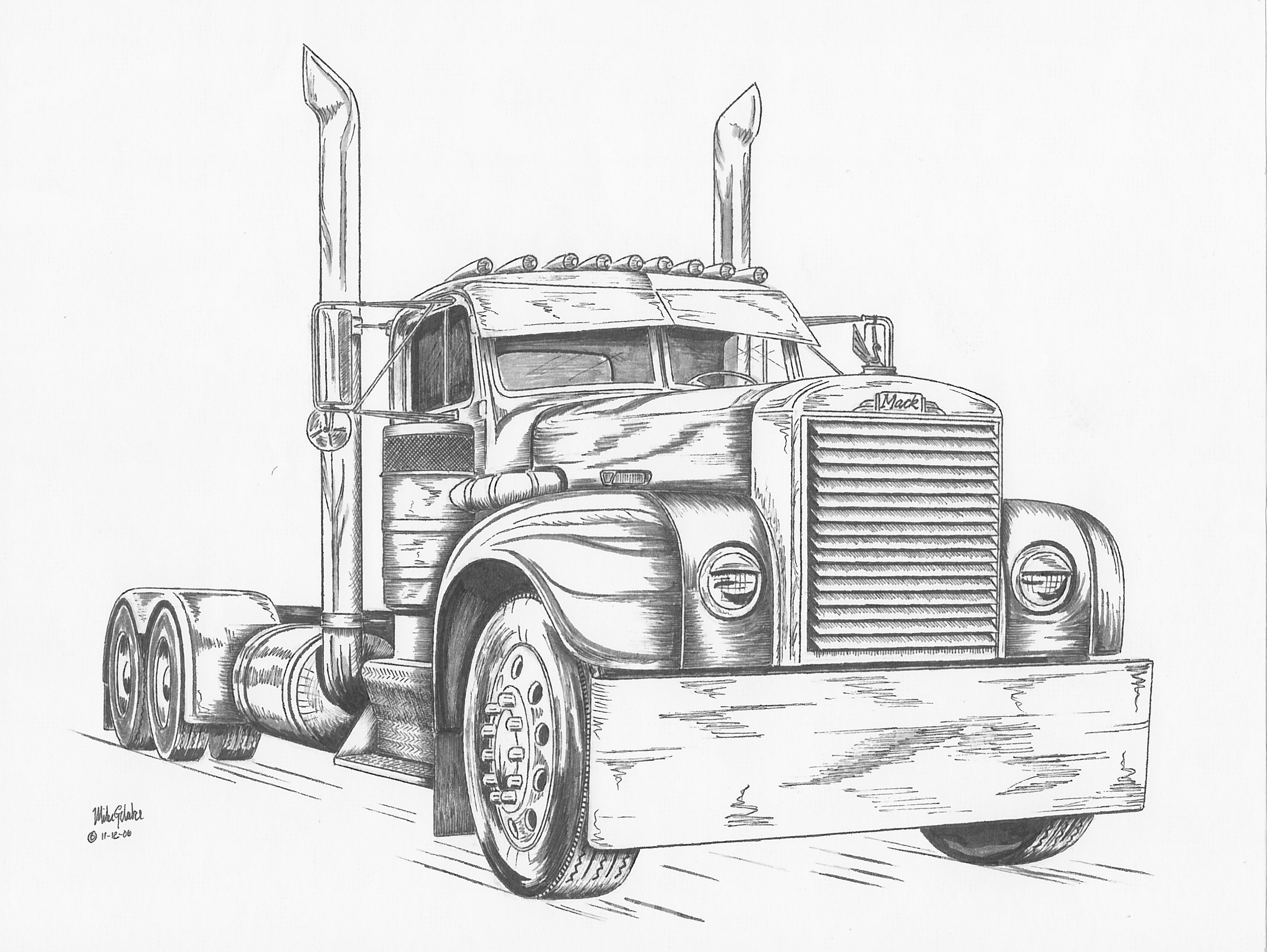
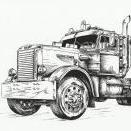
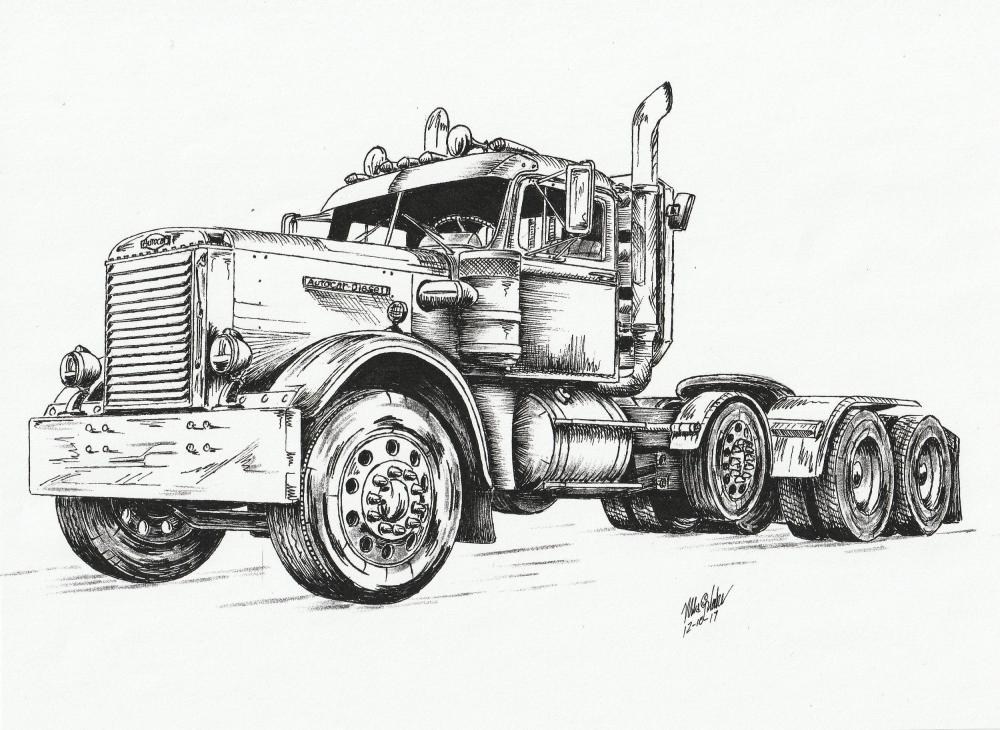
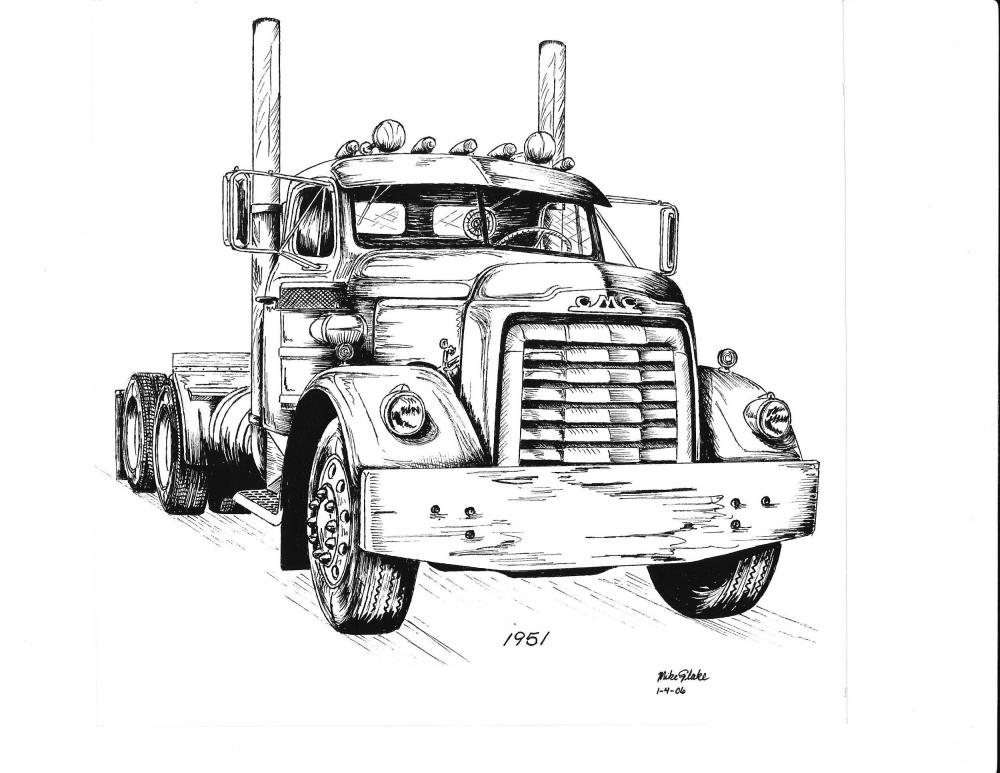
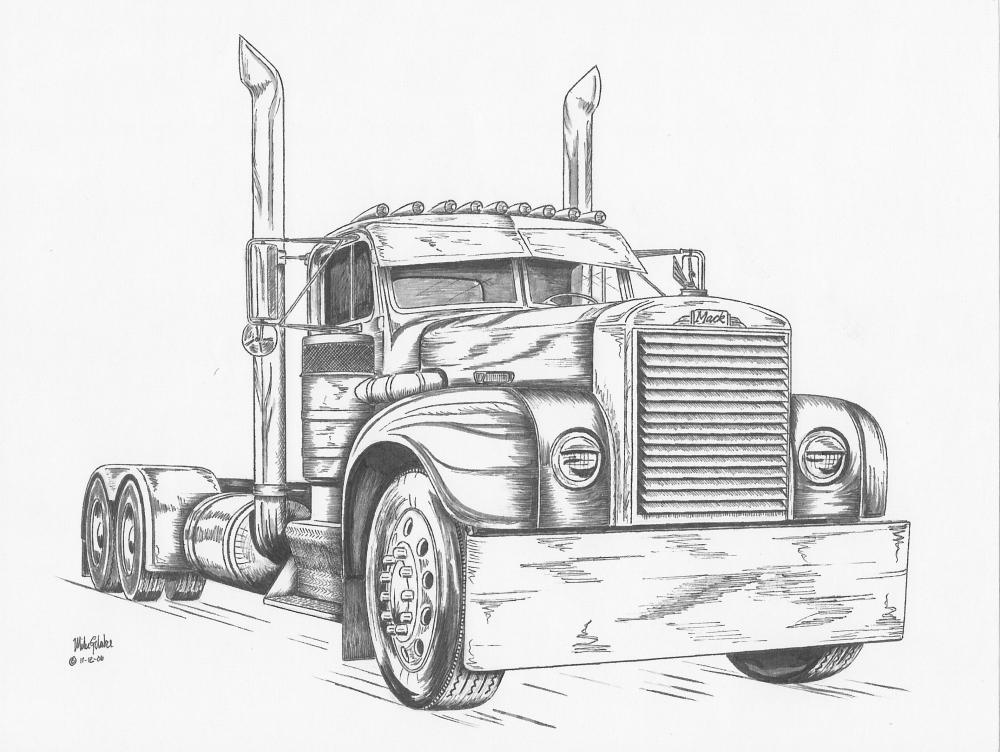


Found this today
in Antique and Classic Mack Trucks General Discussion
Posted
Yeah your correct it does have a disc pump .